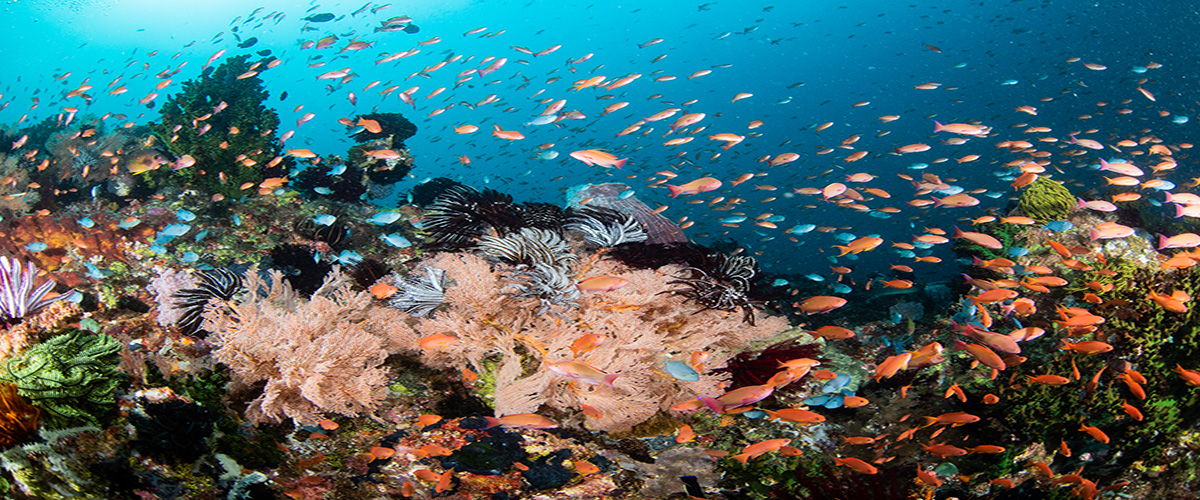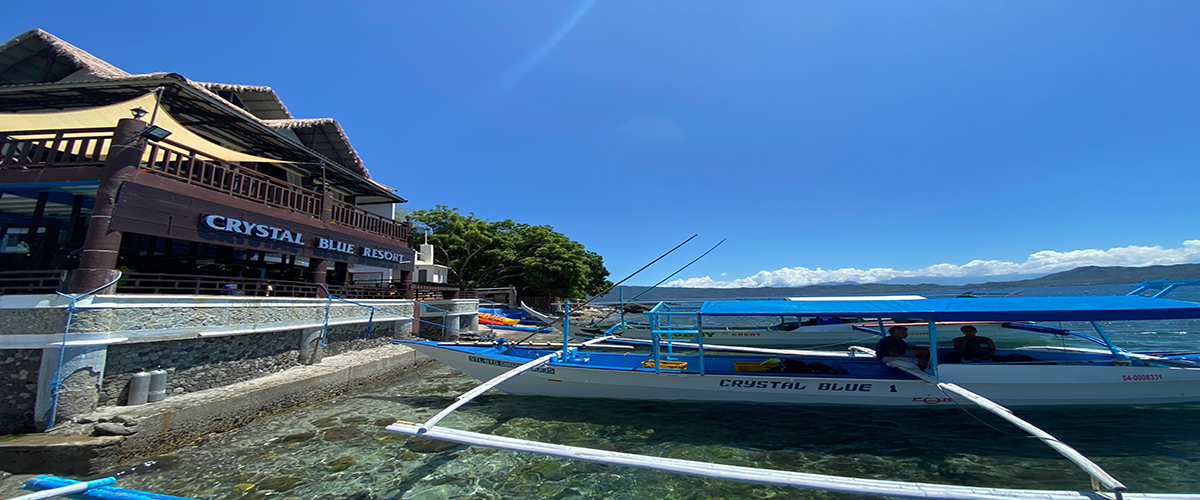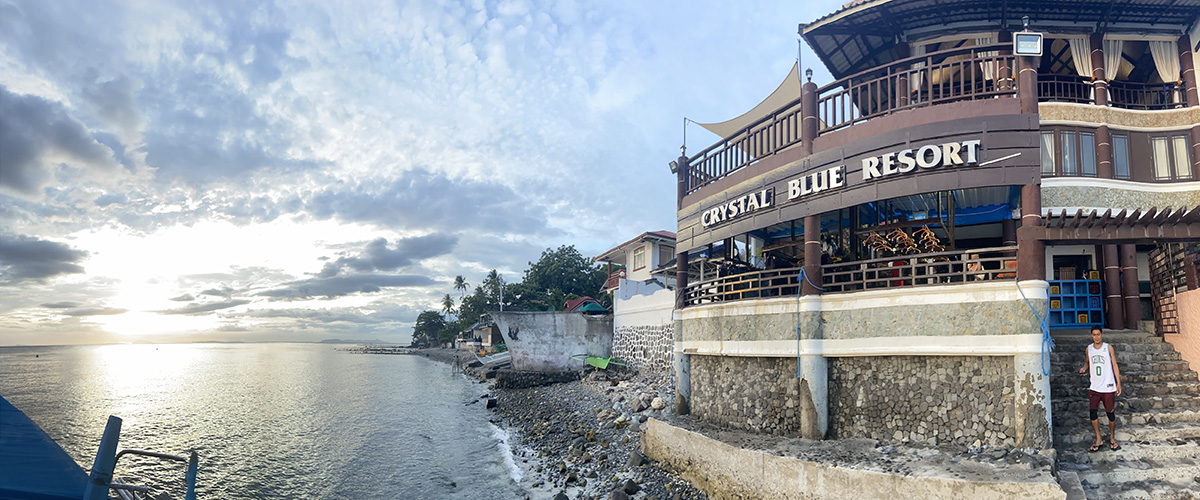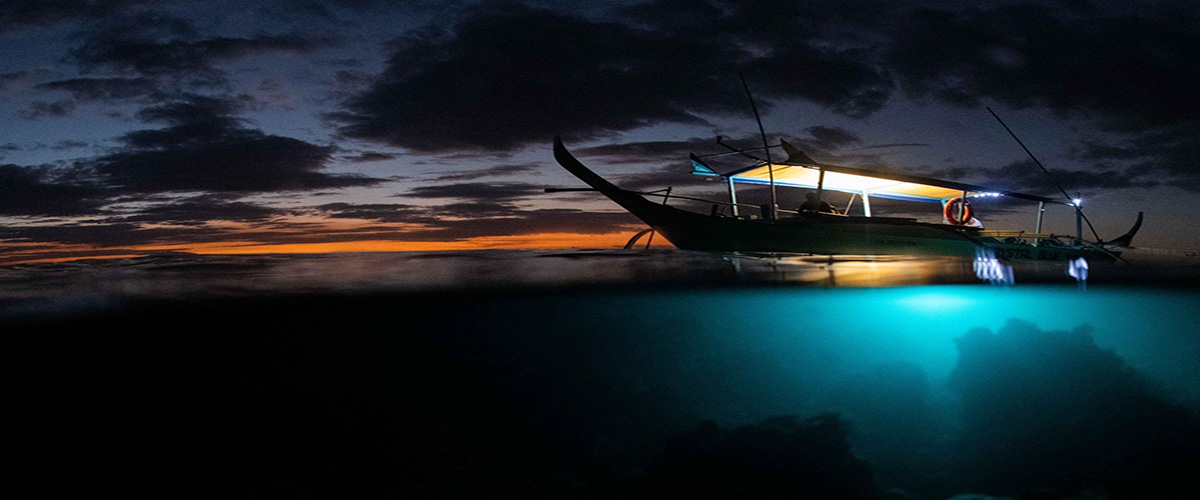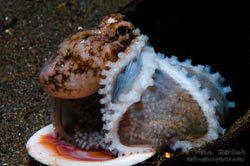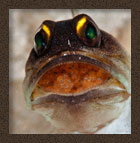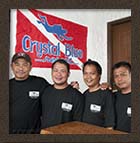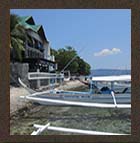
Cute macro wins contests!
Critter Corner: Bearded Goby
In early January we found a small colony of Bearded Gobies sharing them with guests throughout the season, talk about cute! Three varieties have been found so far, if you haven’t seen a bearded goby yet, your really missing out on something special . These small coral dwelling gobys are very easily overlooked as most people swim right over them without ever knowing they exist.
Critter: Bearded Goby (Lubricogobius exiguous)
Color: Yellow-green, Brownish
Size: less than 3 centimeters / 1 inch and smaller
Habitat: Specific Acropora corals
Food Source: Carnivorous opportunity feeders
Photo Tip: 100/105 Macro lenses with + 10 diopters or better
Lighting tip: Single strobe directly over the lens port-lowered power
Cute is the first word that I can find that best describes these fuzzy little Goby’s. They make their homes in specific branching Acropora coral sharing each coral head with at least one other goby (male-female) and/or partner crabs.
The name comes from their fuzzy chin which actually resembles the small arms of the corals used to feed. Its speculated that the “Beard” is also used to trap food particles that drift through the coral heads on the moving current. These Gobys never leave the coral head to hunt and although they are considered to be carnivores, they rely solely on this passive method for feeding.
Like other Gobys, they are very timid and flighty and don’t play well with photographers. Finding the right coral head and setting up your shot is the only way to photograph. Waiting and timing are everything as you will soon find yourself pleading and praying, waiting for the goby to work its way into the frame or to stay in the frame. Please be cautious of the coral heads and try not to break or damage the fragile coral when shooting photos of the Gobys.
Mike Bartick
Crystal Blue-Photo Pro
Adapted for the exclusive use of Crystal Blue resort and Website. Not for any other use without the exclusive permission from Mike Bartick and Crystal Blue Resort.
All content of this article photos and script herein are owned and copyrighted by Mike Bartick- Saltwaterphoto.com
Get your macro on!!
The Rhinopia is without a question the undisputed king, top of the Holy Grail List critter find in the world and we have them here in Anilao, the trick is finding them. There is no real season to finding them but when they do turn up you can almost feel the excitement sweep through the local community.
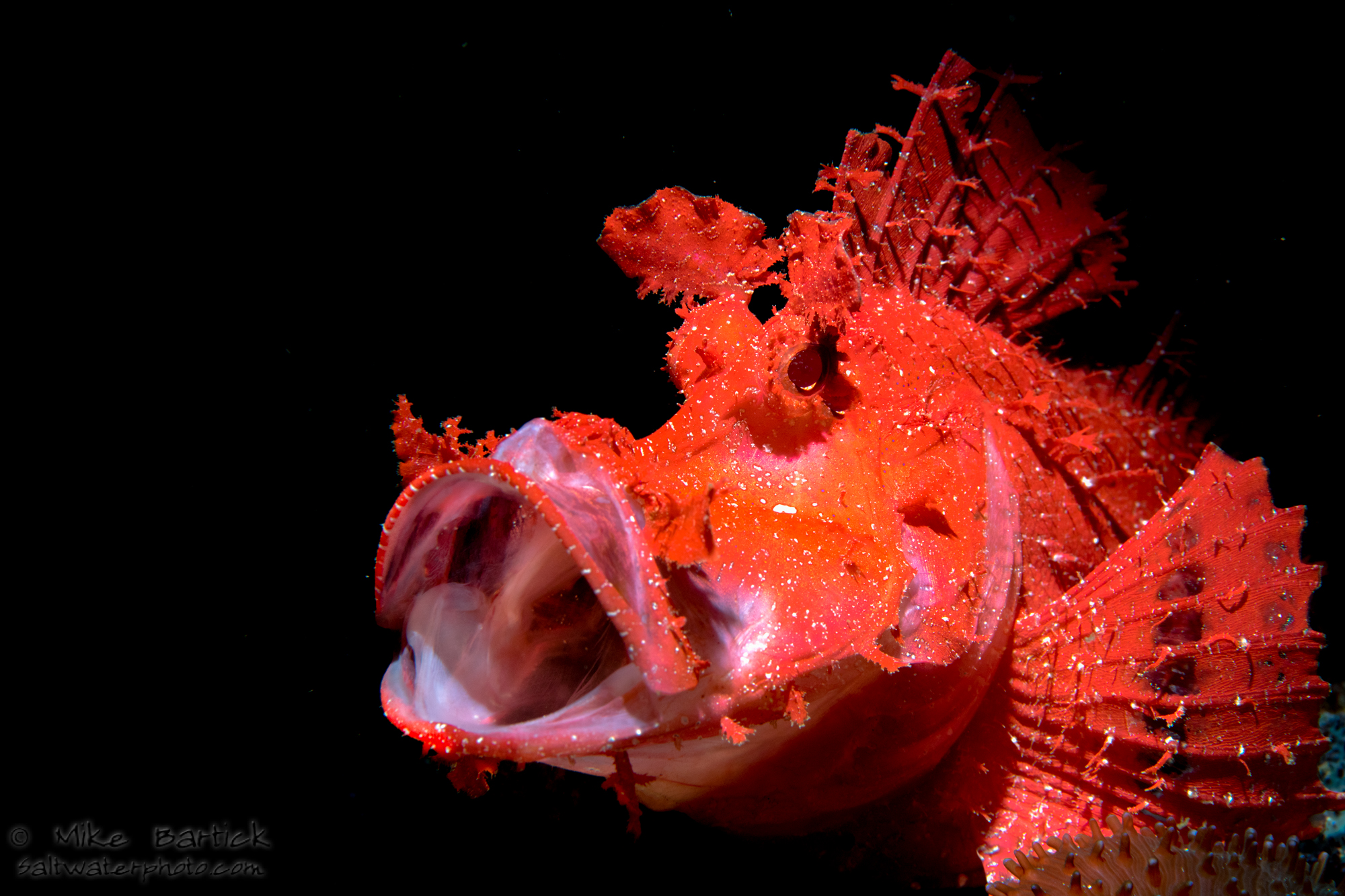
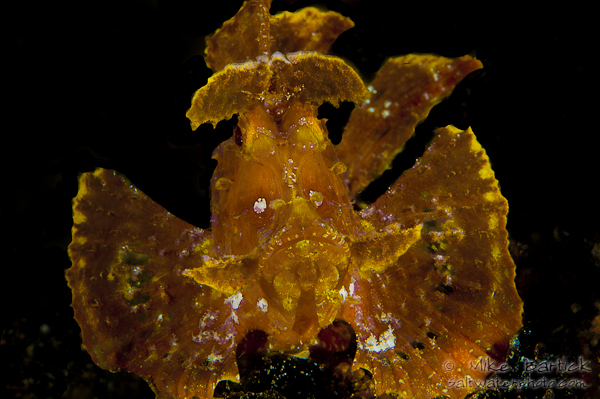
Rhinopia eschmeyeri
Found in depths ranging from 3 - 40 meters on seaward facing slopes and most active just before a current change. The Rhinopias frondosa are commonly found with the R. eschmeyeri.
Rhinopias eschmeyeri (purple variety)
The purple R. eschmeyeri is amazingly beautiful and a gaudy for sure. Despite the bright coloration they remain cryptic and very difficult to see. The large paddle flap eye brows conceal its ever watching glare while the white decoy eye spot distracts its prey as well as it distracts the viewers eye.
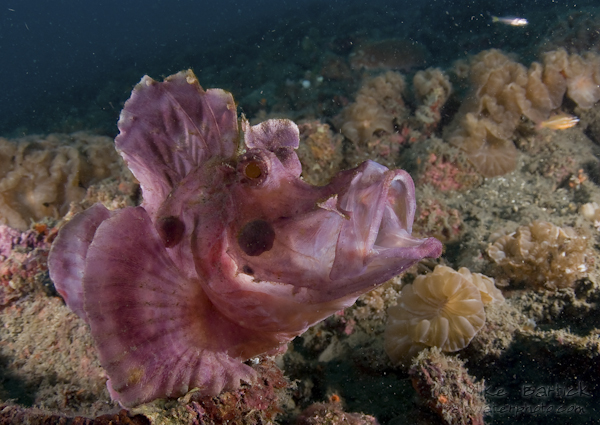
Rhinopias eschmeyeri (Smooth purple)
Gape strike feeders like the Rhinopia excite their victims into the strike zone while expending very little energy. They Rhinopia will only leave the bottom in extreme circumstances spending their entire life-cycle on the substrate.
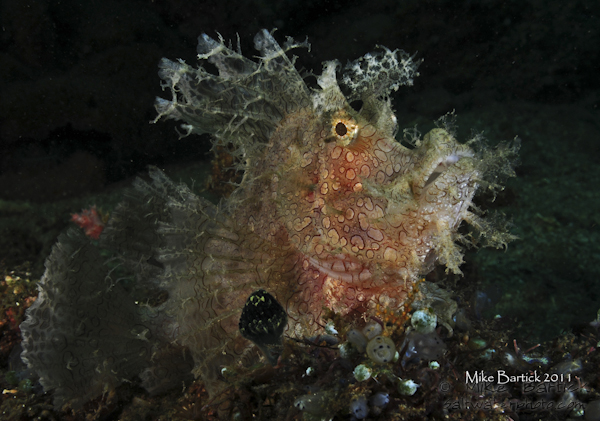
Rhinopias frondosa
The R frondosa is not only colorful but has an intricate mottled color pattern on its skin, along with skin tags and appendages. This creature is so amazingly beautiful that its nearly impossible to swim away from
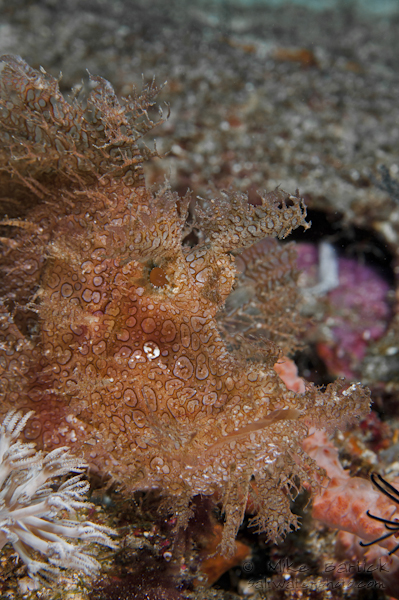
Rhinopias frondosa
Join us at Crystal Blue Resort and learn the Natural History of these amazing critters and many others as we guide you through the odyssey of Anilao....
Let your adventure begin here..
Adapted for Crystal Blue Website and not for any other use without the exclusive permission from Mike Bartick, Sport Diver/Bonnier Cooperation and Crystal Blue Resort. All content of this article photos and script herein are owned and copyrighted by Mike Bartick- Saltwaterphoto.com
Muck diving in Anilao is a unique experience that allows a patient diver the opportunity to observe smaller marine wildlife up close. Living on the sand flats isn’t an easy task when there aren't any hiding places. Critters must be quick, tough and cunning, like this blue veined octopus.
Looking closely and you will see that this blue vein has used her resources well to conceal her new brood of eggs. The female octopus protects them literally with her life and after the last few eggs have hatched our new mom will expire.
Be careful when finning over the sand flats. Although tough in their environment critters are habitat sensitive and a few misplaced fin kicks can result in long lasting damage. Frog kicking is best when muck diving and our guides will be happy to teach you this method if you haven’t tried it.
Let your adventure begin here.
Adapted for Crystal Blue Website and not for any other use without the exclusive permission from Mike Bartick, Sport Diver/Bonnier Cooperation and Crystal Blue Resort. All content of this article photos and script herein are owned and copyrighted by Mike Bartick- Saltwaterphoto.com
Often ignored, overlooked and unrealized, crustaceans are the glue that binds our oceans eco-systems together. From the microscopic krill that feed the largest of Mammals down to the cleaning duties performed on fish, inverts and anemones these little insects of the deep should have large regard.
The family of crustaceans falls under the Phylum Arthropoda which is actually lumped together with many land based insects as well and comprise a family of more than 45,000 described creatures. More are being discovered regularly adding to this rapidly expanding family as we push away from the terrestrial shoreline and explore our underwater world.
Falling into a category that I like to call “beyond the holy grail” many of these critters come into play after the yawning frogfish, seahorses and other oddities have been photographed. Shooting photos of them can be very easy to do and can be accomplished by photographers with any skillset or camera. Infact compact cameras tend to do better then the SLR’s purely because of the depth of field. However If it’s a high resolution, detailed photos your after then it has to be super sharp, super-macro indeed. Super macro has exploded in popularity over the past few years exposing some of the smaller more highly decorated critters in all of their full framed glory. The critters in this write up are just a few of the amazing shrimp finds that are out there. Working with a guide is vital to locate, and help photograph these very small and delicate creatures.
A word of caution should be expressed here, please remember to always protect the shrimp from ever present predators, do not destroy the hosts and please do not relocate your subject as they tend to be habitat specific.
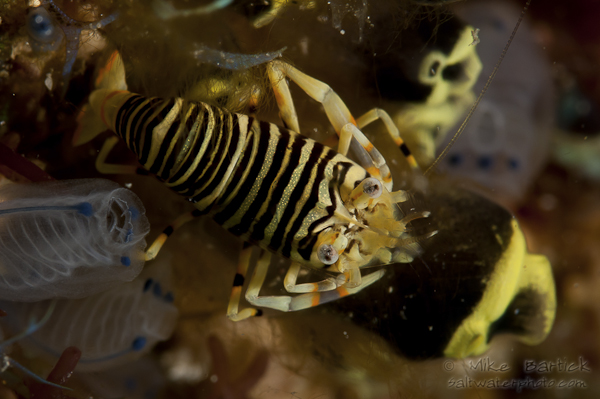
Bumblebee shrimp (Gnathophylum americanum)
Bumblebee shrimp are an echinoderm feeder that prefers Asteroida sea stars. The sea stars in this class are particularly harmful to their ecosystems where they can populate unchecked and consume fields of hard coral growth driving other sea life away. Shrimp like the Bumblebee play an important role in keeping the reef systems in balance and are a strong indicator species of a reef system in check.
Working with a guide to photograph these fast moving and uncooperative subjects is very important. Wrasse are always on the hunt for an easy meal, so if your attempting to photograph these defenseless creatures be aware of the constant danger and always try protect them.
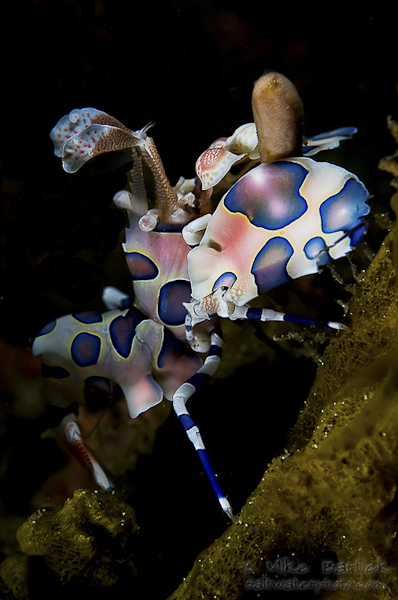
Harlequin shrimp (Hymenocera picta)
Harlequin shrimp scientifically described in the late 1800’s as Hymenocera picta are another Asteroida feeder. While they prefer to eat the blue or pink sea stars they also consume the veracious crown of thorns. While these sea stars are under attack it slows their consumption of hard corals. The Harleys will actually drag the smaller sea stars to a place where they can feed on it over several days keeping them alive as they do so.
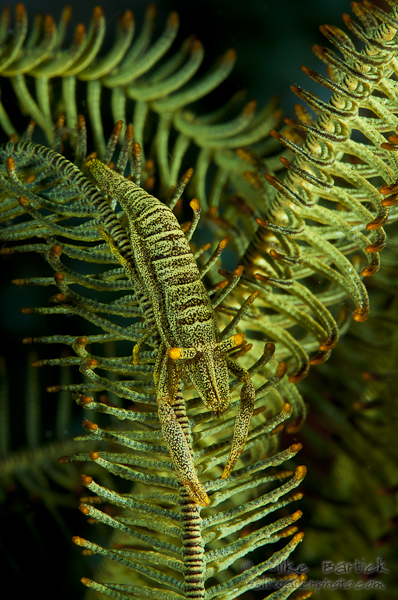
Green Crinoid Shrimp (Laomenes sp1)
Partner shrimp live in symbiosis with other sea creatures such as anemones, coral and crinoids to name a few and are categorized into several subfamilies. The crinoid shrimp can be as colorful as the crinoids they live on which makes them a prime subject for photographers.
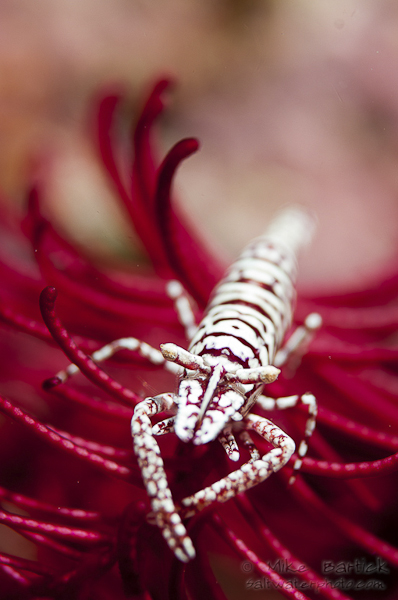
Undescribed partner / Commensal shrimp
The partner shrimp pose no threat to the crinoid and help it to stay clean by consuming other small organisms that may try to attack or collect on the crinoid. The green crinoid shrimp are particularly beautiful and very hard to find adding to the fun.
Allow our guides at Crystal Blue to help you find that perfect critter by creating your own critter list.
Let your adventure begin here..
Adapted for Crystal Blue Website and not for any other use without the exclusive permission from Mike Bartick, Sport Diver/Bonnier Cooperation and Crystal Blue Resort. All content of this article photos and script herein are owned and copyrighted by Mike Bartick- Saltwaterphoto.com
- Details
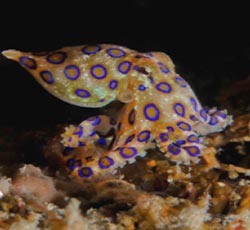 Did you know? The blue ringed octopus is perhaps the worlds most poisonous cephlapod. However these dangerous sea creatures are both timid and photogenic and have been pursued by many photographers worldwide. Their vibrant blue spots begin to glow when this critter feels threatened, flushing and fading over and over until the perceived threat disappears. BRO’s love rocky outcroppings and reef structure to live and hunt, they are a small creature that blends well with all manner of reef life. Once found the coveted Blue Ring makes a superb photo subject.
Did you know? The blue ringed octopus is perhaps the worlds most poisonous cephlapod. However these dangerous sea creatures are both timid and photogenic and have been pursued by many photographers worldwide. Their vibrant blue spots begin to glow when this critter feels threatened, flushing and fading over and over until the perceived threat disappears. BRO’s love rocky outcroppings and reef structure to live and hunt, they are a small creature that blends well with all manner of reef life. Once found the coveted Blue Ring makes a superb photo subject.
Tetrodotoxin or TTX is a potent neuortoxin produced by a symbiotic bacteria that resides within the Blue ring octopus. The poisonous TTX potion is transmitted through its saliva as a result of a bite.
BROs arent aggressive towards humans but extreme caution should be excersized when photographing them. Touching the skin tissue can also transmit the TTX although not enough to be fatal. TTX is also found in many other organisms such as Pufferfish, Mola-Mola Triggerfish and some tunicates, certain crabs and more.
TTX is 100 times more deadly then Potassium cyanide.
Let your adventure begin here..
Adapted for Crystal Blue Website and not for any other use without the exclusive permission from Mike Bartick, Sport Diver/Bonnier Cooperation and Crystal Blue Resort. All content of this article photos and script herein are owned and copyrighted by Mike Bartick- Saltwaterphoto.com
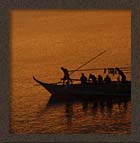
Photo Workshops
Anilao is a great place to learn or improve your underwater photography. Upcoming Workshops
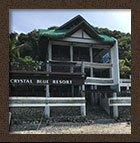
Accommodations
What you'll find when you come to Crystal Blue Resort. More info about our accommodations...
©2022 Crystal Blue Resort. All rights reserved. Website by Under Watercolours.


